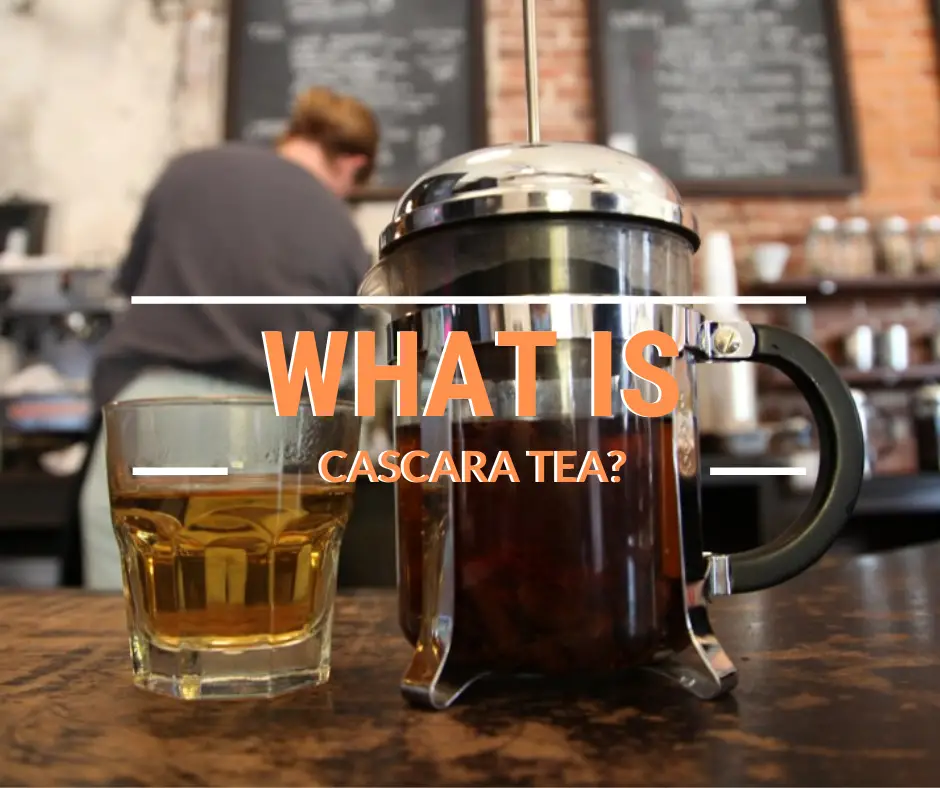
From a coffee plant, there are cherry fruits. Normally, the coffee we drink is the seed inside this fruit. The process of pulping the coffee fruit and removing the seed typically discards the fruit and used as compost or fertilizer.
This fruit is actually very high in antioxidants and contains a bunch of flavors. Now, growers are processing this fruit and we call it, cascara.
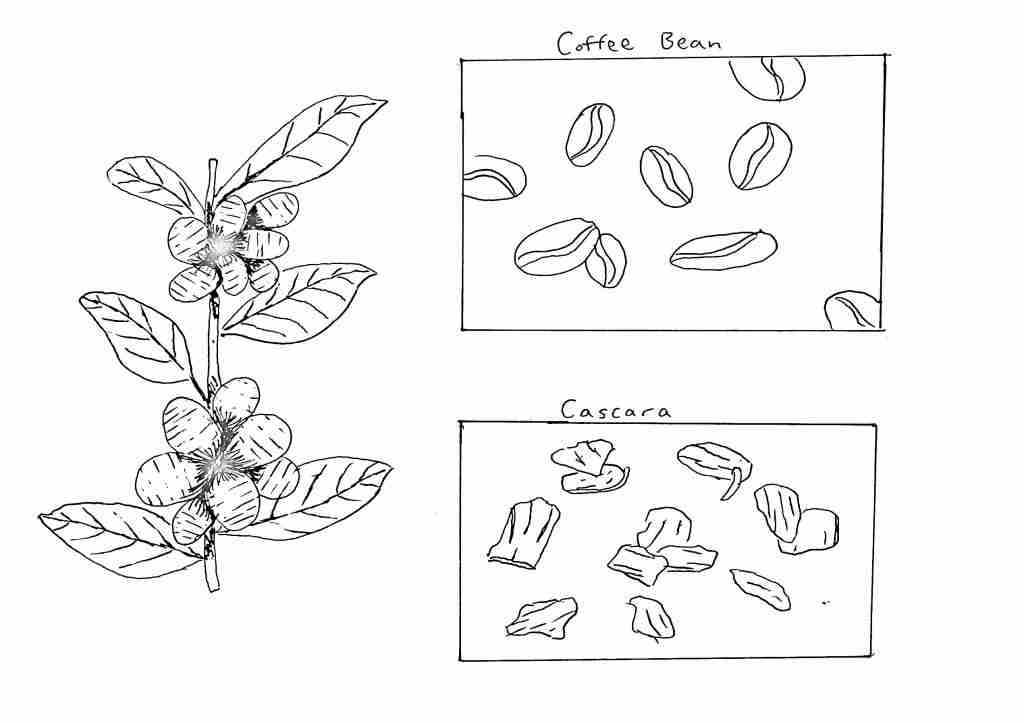
We have been throwing away this perfectly good coffee fruit for a long time, and there’s no real reason for it, because it tastes delicious.
Peter Giuliano, of the Specialty Coffee Association of America
Processing Cascara
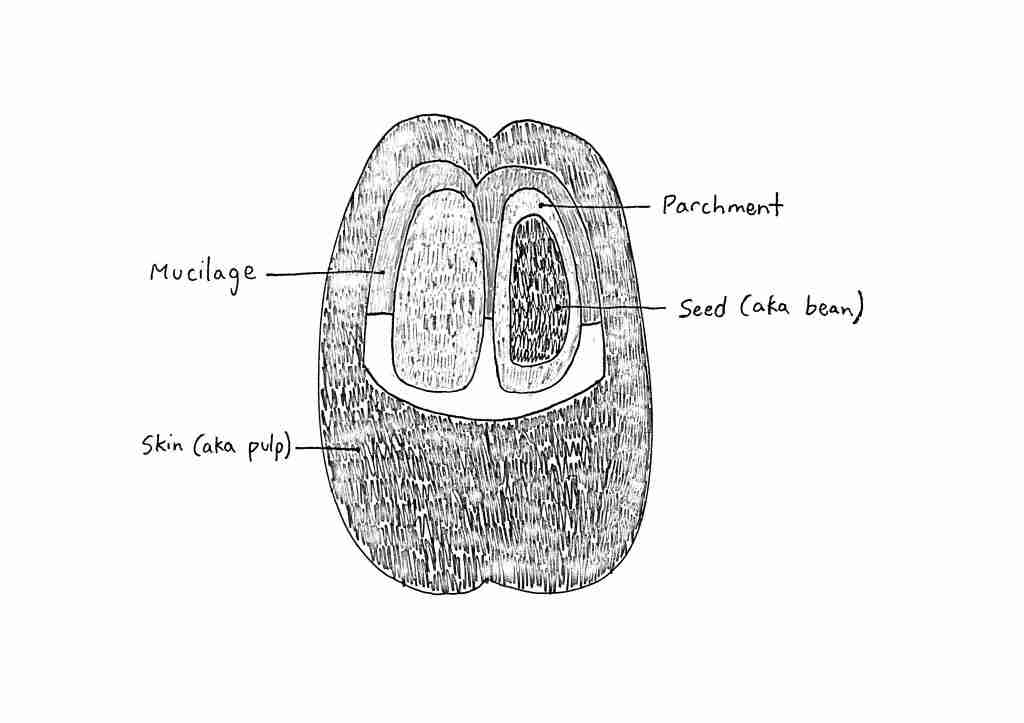
It is dried, processed, and roasted after the fruit around the seed is removed. However, the coffee cherry fruit has been used to brew tea for centuries by locals in Ethiopia and Yemen.
Contrary to popular belief, cascara is not the side product. It requires the same amount of work and attention to detail in processing and producing regular coffee beans.
There are also differences in the qualities of growers in farming, processing, and producing. The end result will taste different when brewed.
Cascara is this cherry fruit that is removed from the coffee seed and dried. Growers in Ethiopia, Yemen, El Salvador, and Bolivia have begun to export this delicious tea around the world.
Dry Processed Cascara

Most cascara will be dry processed and this is a process where the husks of the coffee fruits are left to dry. This is done in tandem with the coffee beans so they dry together.
Once dried, the shells and beans are separated and moved along in the process. For the the cascara this is the finished products, and will be packaged to be shipped to the customers. The cascara from this method will look like dried leaves and will be a bit broken up.
Wet Processed Cascara
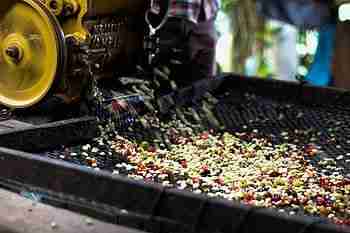
When cascara is wet processed the fruit is submerged in water and separated from the seeds with either fermentation or high powered scrubbing. This leaves the empty shells in the water and this is then gathered and dried.
By wet processing cascara it is a longer more painstaking process because mold can grow during this drying time. If there is even a little mold growing it will ruin the whole batch. By wet processing cascara we are left with a higher quality product and they will look nicer. These fruits will look like wood chips and will look like they’ve been squeezed then dried.
History of Cascara
Historically, in Ethiopia, the birthplace of coffee these cherries have been dried and used to brew beverages called Qishr, Quishr, or Hashara.
These coffee shrubs originated in Africa eventually migrated to Europe where they were cultivated and planted around the world in Central and South America.
It was at this point that the coffee cherry “husks” were called cascara. This translates to “husk” in Spanish.
Cascara Tea / Cascara Coffee

Cascara tea has been popping up everywhere and has become increasingly popular in the recent years. I have seen this being offered more and more at local coffee shops and cafes.
It’s a great on a hot summer day. When drank cold it is amazing because it refreshes you, and is caffeinated. It is like a natural energy drink.
The levels of caffeine in cascara tea is similar to the levels of caffeine in a cup of coffee.
One interesting recipe using cascara tea is with mixed drinks. Most interesting of which is cascara infused vodka. By mixing cascara tea with alcohol you can make a natural Four Loko before they took out the caffeine and reformulated it.
Trying Cascara and what it Tastes Like

Although the coffee seed and coffee fruit come from the same plant the flavors will be vastly different when brewed. There are no similarities in flavor after processing. Because Cascara is created from the dried fruit it is closer to a herbal tea or tisane.
The processing has a large impact and influence on how the end result will taste. The main things you will be tasting for is the flavor profile, body, and acidity. This is very similar to coffee.
Cascara will be subtly naturally sweet unlike coffee. This will be complimented by a undertone of a floral and acidic flavor.
Depending on how it is brewed you can extract different flavors with body and acidity as well. It is important to experiment with your brewing methods to see what you like best.
How to Brew Cascara Coffee and Cascara Tea at Home
Cascara is very similar to loose tea leaves. It should be infused or steeped like regular tea leaves. Then they will be separated from the liquid and you will be left with a fragrant fruity tea. You can use a teapot, french press, and even an aero press.
Brewing Hot Cascara Tea
- Heat water to 93 degrees Celsius. Just like making good coffee you do not want it at boiling hot because it can burn your cascara.
- Use a ratio of 1:14. So 1 gram of cascara to 14 grams of water. I recommend using 18g of cascara to 252g of water
- Steep the cascara in the water for 4 minutes minimum. However, if you want a stronger more caffeinated drink you can steep the cascara for up to 12 minutes.
- Drain the cascara from the liquid and discard the pulp. Remove the strainer, plunger, or filter of whatever brewing method you are using.
- Serve and enjoy!
Cold Brew Cascara
- Use a ratio of 1:7. Use 1 gram of cascara to 7 grams of water. Add this amount of cascara to a mason jar or wide-mouth bottle.
- Leave this mixture in your fridge for the next 24 – 48 hours depending on how strong you like your cold brew. This is perfect for the summer months and you definitely have to experiment and try this!
- Strain out the pulp by pouring your liquid through a strainer or filter and collecting the cold brew in another bottle.
- Serve your cold brew cascara tea over ice!
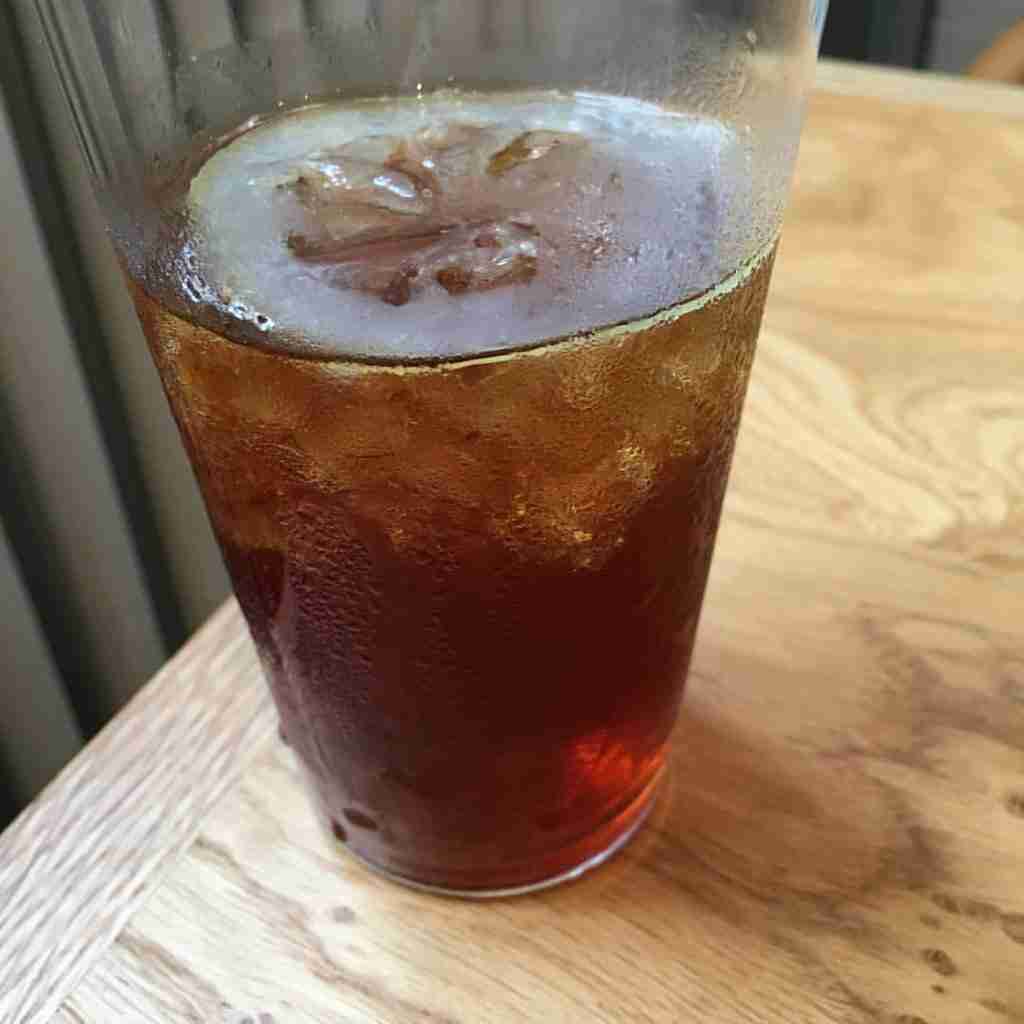
Where to Get Cascara Online
| Coffee Fruit Tea, Cascara, by Twin Engine Coffee | Check the price on Amazon |
| Cascara Brewable Coffee Fruit Tea, by Heirloom Coffee LLC | Check the price on Amazon |
Cascara is usually not available in retail shops for purchasing, but many coffee roasters have been making it available online. This is my favorite brand of Cascara on Amazon.
This is prepared by Twin Engine Coffee Roasters and they use whole mature fruit to make high-quality USDA certified tea.
This tea tastes great and once submerged the cherries swell up to about 3x the size in 10 minutes showing they have a high quality fruit and product.
Starbucks Cascara Review

I tried the Starbucks Cascara in 2017 through December that year and it was interesting, to say the least… It cost me $4 and I was extremely excited to try it out when I read the story they would be offering it.
The Starbucks Cascara Latte combined espresso, steamed milk, cascara syrup, and topped with foamed milk.
The latte is sweet and exactly what I expected from cascara. However, they also added syrup that made it overwhelmingly sweet for my tastes. It tasted of caramel mostly and was overall a good coffee drink. I would get it again.
Thoughts about Cascara?
I think cascara is a great alternative to coffee. I am a coffee lover at heart, but every once in a while I like to have an alternative drink to sip on.
If you love coffee, but want to switch it up to something healthy, safe, and caffeinated drink to sip on I would highly recommend trying Cascara.
My mom who definitely does not like coffee loved Cascara, and I think this is due to the natural sweetness!

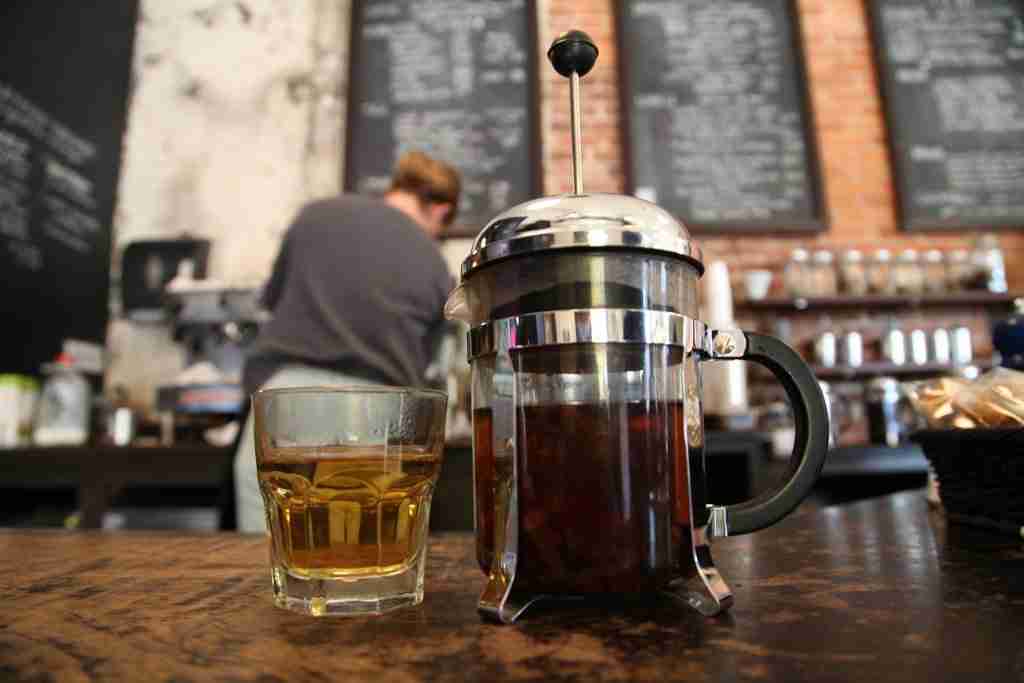
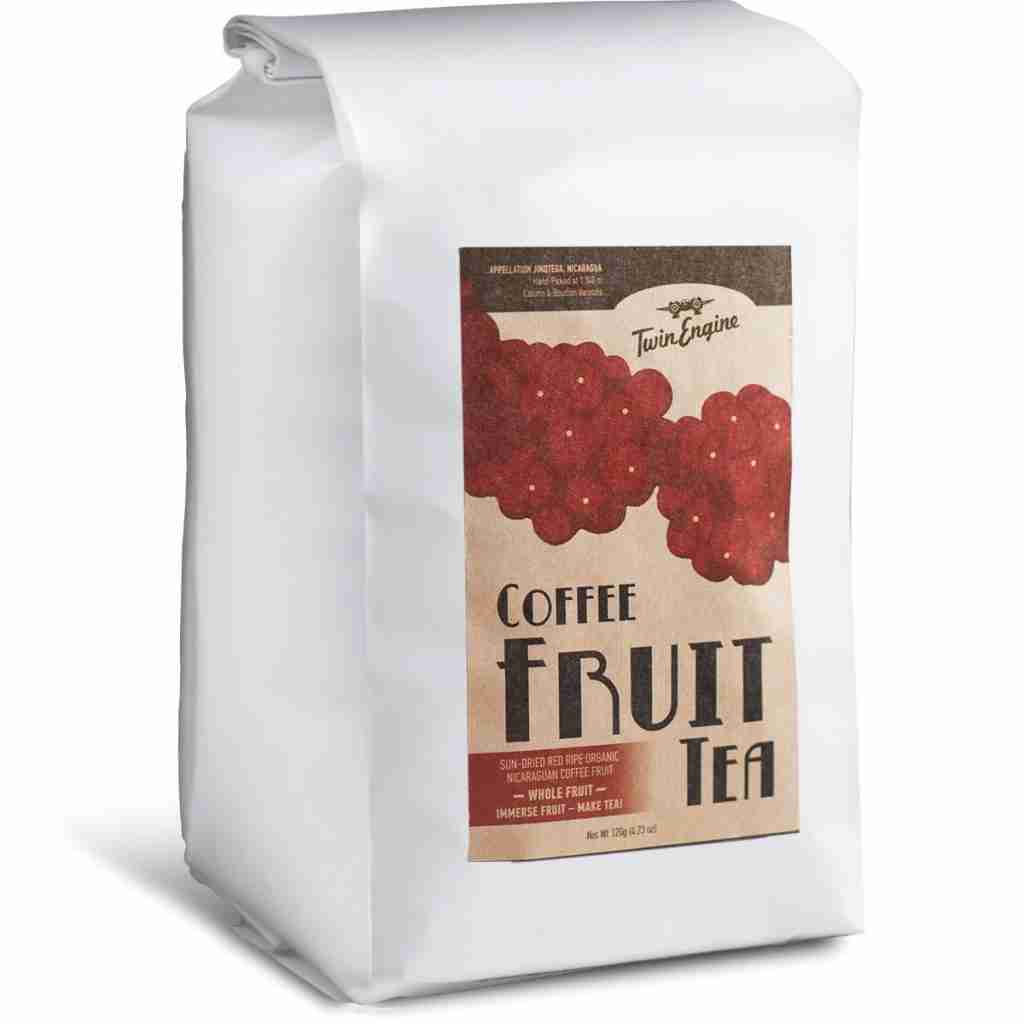
I love that you are spreading awareness about cascara. It can make a huge difference for coffee growers around the world if there is more demand for this product.
We recently produced a video about our cascara extract (please note it is a bulk ingredient for beverage/food manufacturers and we do not provide it for direct to consumer sales.) But the video is touching on the importance of this coffee fruit.
Hi Brian,
I watched your video, I loved it and it had a beautiful story. Coffee cherries are definitely under-appreciated and I would like to see it grow in popularity for both the farmers and the consumers!
Regards,
Edmond